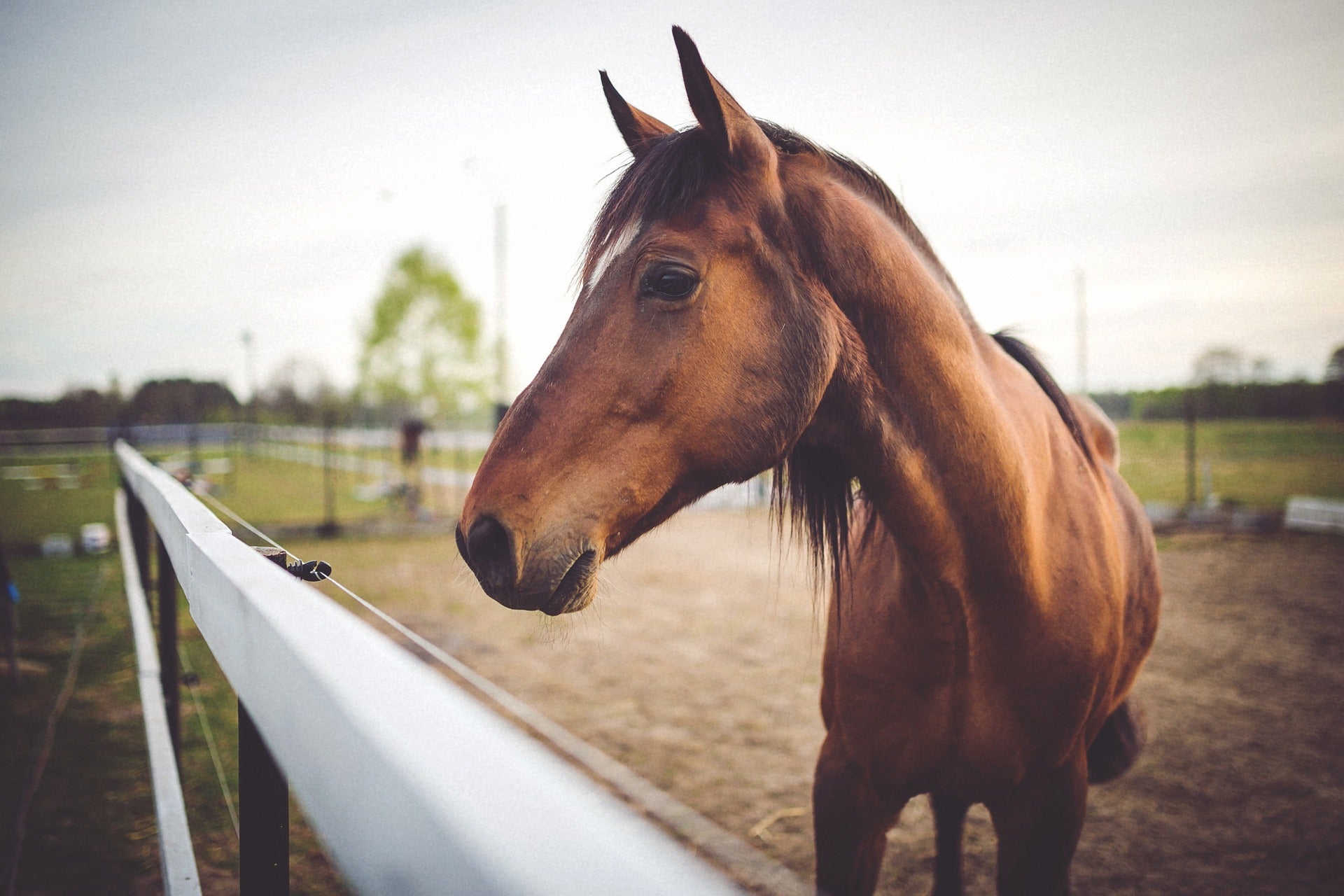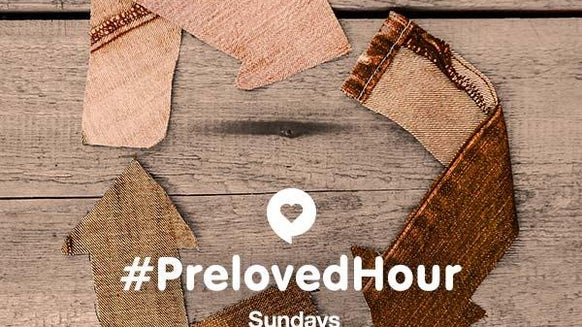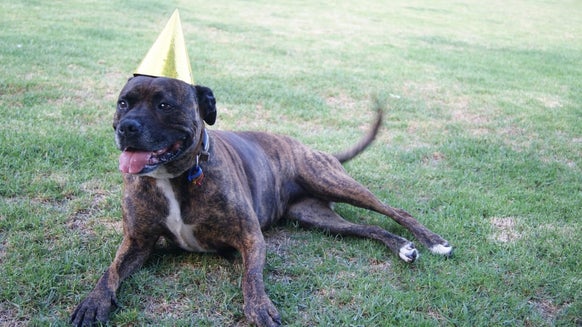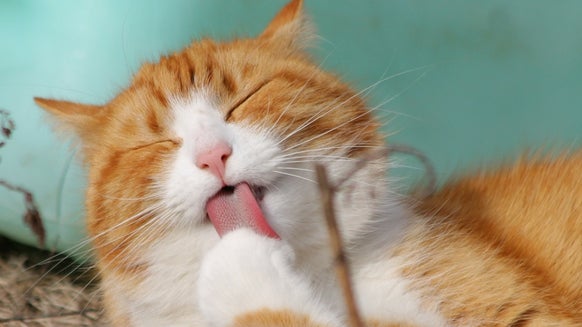ANIMALS
Understanding Your Horse’s Body Language

Contrary to popular belief, horses are not that vocal, they mostly communicate through body language. These elegant animals are very intuitive and pick up on changes in behaviour and subtle movements. To best understand your horse, you need to pay attention to their movements and changes in their demeanour. While horses have quite an array of expressions, we have collated some of the most basic attributes to spot in your mount. Of course, no one knows your horse better than you do, so if your furry friend is displaying some of these signs but does not necessarily fit the criteria, use your own judgement or consult a vet.
 Eyes
Eyes
When they are wide-eyed and their head is elevated, they are conveying nervousness. If you can identify the threat straight away, walk them away from it; if not, try and distract them and give them a once-over. If their eyes are bright, they are alert and attentive. Engaged. They will be ready to go, or something has peaked their interest! Soft look – relaxed, content. If your equine is really relaxed, it might even have its eyes closed. When your horse is relaxed, and in any other situation really, make yourself known; if you creep up on them you might spook them.
Ears
When they are forward, it means they are alert or interested. If they are pinned back close to the neck, they are angry and about to bite or kick. Make sure you get out of the way, and if you identify the source of their anger, steer them away. Rapidly swivelling ears swinging back and forth – heightened state of anxiety or alertness. Your horse is relaxed if their ears are sideways.
Head
You will find your horse with an elevated head when they are focused on something, to the point where they may go into flight mode if they deem it necessary. Your horse is relaxed when their head is lowered, the ears are probably not perked either. Make yourself known so you don’t startle them. Snaking – lowering the head slightly and waving neck from side to side is an aggressive act. Often used by stallions who are dealing with an uncooperative mare. Try and find the source of their discomfort and try and solve or diffuse situation.
Front Legs
Horses are scared when their legs are splayed and leaning back a little. When your horse is pawing the ground, they can be bored or impatient. Stressed horses might also do it while eating; it’ll stop when the root of the problem disappears. Your horse will likely stomp the ground to convey irritation. It’s usually something minor. A dangerous but rare movement is the forceful forward kick with front legs referred to as striking; likely to happen when your mount is aggressive or defensive.
Hind legs
Your horse is likely to be relaxed when their head is lowered and one of their hooves is cocked: the act of resting the tip of the hoof on the ground. With a lowered head and floppy ears, they are relaxed. If, however, they look agitated, with his head elevated and are looking back, they might be considering kicking whatever they feel threatened by. To signal irritation, they will raise them. To what extent depends on their head and overall body language.
Tail
If it’s hanging relaxed or gently swishing at flies, this stance is a normal way to be. When your horse is irritated or annoyed, they will wring and swish their tail rapidly. You must reassure your mount if the tail is clenched tightly against their hindquarters as they will be scared or nervous. An elevated tail is a sign of high spirits.
Mouth
A drooping or slack mouth signifies a relaxed or sleeping horse. If your mount is alert and with the same expression, it might be a cause for concern as should therefore contact your vet. If a horse is chewing without food, it means they are relaxed and thinking. Flared nostrils imply the horse has just been exercised. They can also do it if they are startled or nervous. A horse is exerting dominance if they show a curled lip combined with pinned ears and a swinging hind. When there are new smells around and the horse wants to make sure of their surroundings, they curls their upper lip and blow air back out, this is called the flehmen response.


Tina Community Manager









